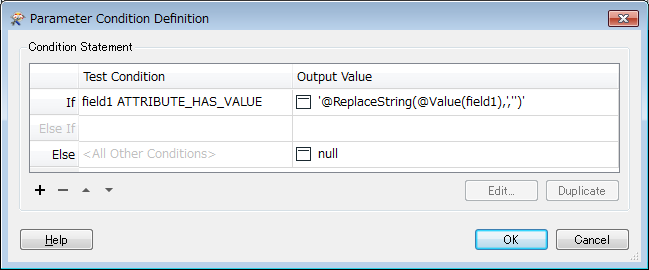FME 2017.0.1.1 (17291) 64-bit on Windows Server 2008 connecting to SQL Server 2012 on Windows Server 2012.
MS SQL Server supports this type of update statement:update db.owner.mytable
set field1 = ABC, field2 = XYZ
where primkey = 123
I want to do the same thing with SQLExecutor thus:
update db.owner.mytable
set field1 = @Value(fieldA), field2 = @Value(fieldB)
where primkey = @Value(uniqueid)
However when I put this into the SQL Statement parameter, the cog on the transformer goes red i.e. something is wrong, but nothing is highlighted red in the transformer properties. Is this an FME bug, or do I need to write it differently?
Best answer by david_r
View original











